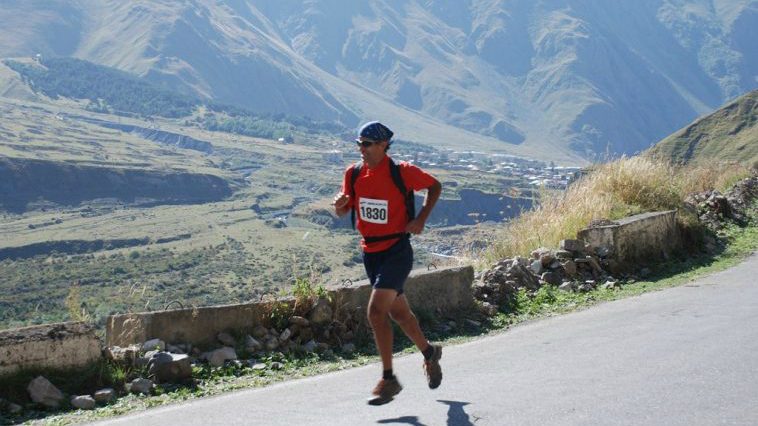Your body’s fat stores, also known as adipose tissue, are an almost endless source of energy compared to glycogen, or carbohydrate stores. This is the case even for a very lean runner. This energy reserve is an asset during a run of several hours… provided that you are able to use it properly during the effort!
In my practice, a runner once told me: « When I run an ultra, I try to be ready for anything. Being able to rely on my fat stores to give me energy rather than depending solely on the carbohydrates, I eat seems essential. Since my running intensity is relatively low, I know it’s doable. »
And he’s right. At a relatively low intensity, such as in an ultra, the body uses a lot of its fat stores as a source of energy. This is different from half-marathon or marathon events, where the body is mainly dependent on carbohydrates because of the high intensity. During an intense effort, the body needs a lot of oxygen. The body therefore favours fuel that requires less oxygen to produce energy: carbohydrates. Lipids, by contrast, require much more oxygen, which makes them more accessible at lower intensity of effort.

How Do You Develop This Ability to Use Fat?
If you are a runner who has always performed with an optimal carbohydrate intake, all you need is a little time to adapt and a few strategies to become a better fat burner.
But beware! It is not a question of following a low-carbohydrate diet. Carbohydrates are essential for good recovery and performance, especially if you sometimes do high-intensity training. Rather, it is about acclimation strategy, where certain training sessions are done with low carbohydrate reserves to stimulate the use of your fat reserves. The process trains your body to make better use of this energy source when running at a low intensity.
Here are some acclimation strategies that can be used two or three times a week. Keep in mind that these strategies should be used during low-intensity training and that a high-carbohydrate diet should be consumed at other meals or training days.
- Training on an empty stomach in the morning
When you wake up after a good night’s sleep, your liver glycogen stores are normally depleted, since they have been used during the night to maintain your normal blood glucose levels. Training at this time will allow you to boost the use of your fat reserves. If you are not used to running on an empty stomach, start with short workouts or have a snack with you in case you feel the need to eat.
- Restrict carbohydrate intake within hours of finishing a workout
It is well known that in order to promote optimal recovery, it is recommended to consume carbohydrates after training. By doing the opposite, you force your body to use its fat reserves to ensure recovery. It is obvious that recovery will take longer! You may want to consider using this strategy the day before a rest day so that recovery is not critical.
- Train twice on the same day with reduced carbohydrate intakes in between
The first session must be carried out with adequate carbohydrate reserves. It can be an interval session or a run with a relatively high intensity. Your carbohydrate reserves will therefore be exhausted as a result of this training. By limiting your carbohydrate intake after this workout, it will allow the second session to be carried out in a state where the body has to draw its energy from the lipid reserves. Be sure to eat a final meal that day rich in carbohydrates to recover from this big effort! You can also do the first session in the evening and the second session, on an empty stomach, the next morning. In this case, you will have exhausted both your muscle and liver glycogen reserves.
- Limiting carbohydrate intake during exercise
Consuming an adequate intake of carbohydrates when you run more than 90 minutes is a basic recommendation to avoid hitting the wall and “bonking.” However, in order to stimulate your body to use its fat reserves, it is possible to go on long outings at very low intensity without consuming carbohydrates. In doing so, your body will gradually need to use more of its fat stores as the running time increases.
Gradually training to become a better fat burner is certainly a strategy that should be part of the training planning of any ultra runner. You will be less dependent on external carbohydrates intake during your race, and benefit from more stable energy levels during effort. However, keep in mind that carbohydrates are still critical for performance and must occupy an important place in your diet.
Translation : William Chabot-Labbé
Isabelle Morin is a dietitian-nutritionist and has completed her diploma in sports nutrition with the International Olympic Committee. She is a lecturer at the University of Quebec in Trois-Rivières and collaborates with La Clinique du Coureur. You can meet with her in the Quebec City area or reach her via the internet. Visit her Facebook page.
Must Read:
- How Your Gut Microbiota Will Make You a Better Runner
- Beware, alcohol affects fitness!
- What and How to Eat the Four Days Before a Big Race


